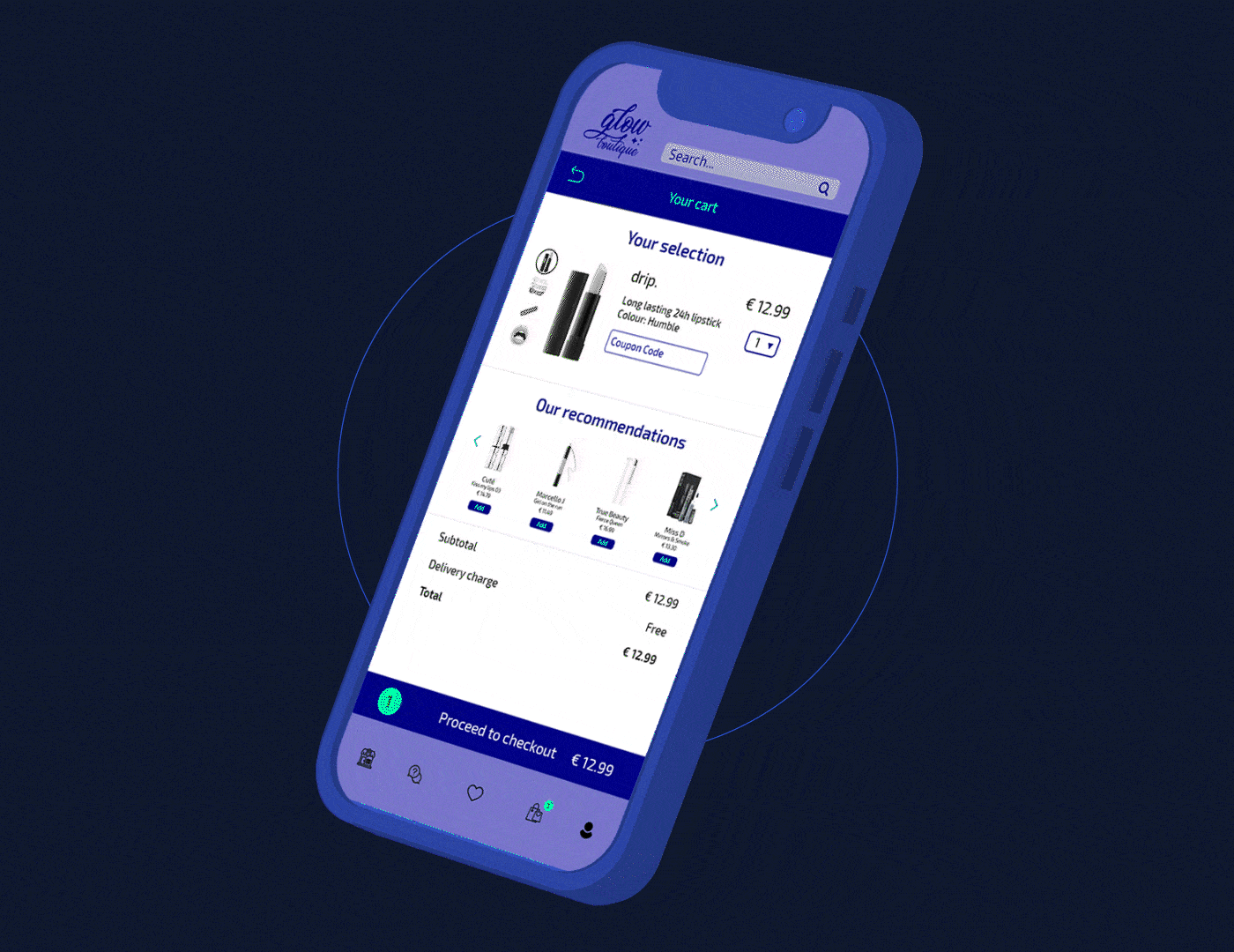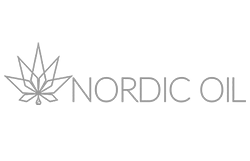The licensed payment institute DIMOCO Payments connects merchants to over
100 payment methods, including credit cards and carrier billing, for advanced
eCommerce and mCommerce.
DIMOCO enables merchants to accept payment for digital and non-digital goods
by providing robust and flexible APIs, connecting consumers to payment
methods in the European Economic Area (EEA) and worldwide.

Merchants offering digital or physical goods can boost their conversion through the mobile payment method carrier billing.
Customers are able to pay for purchases and the amount is charged to their mobile phone bill.
Carrier billing requires the user only to enter their phone number to make a payment.
In contrast, card-based payments require the user to enter data. Due to a shorter checkout flow and high mobile phone penetration, merchants using both payment methods report up to 10x better conversion rates with carrier billing than with credit cards.

















